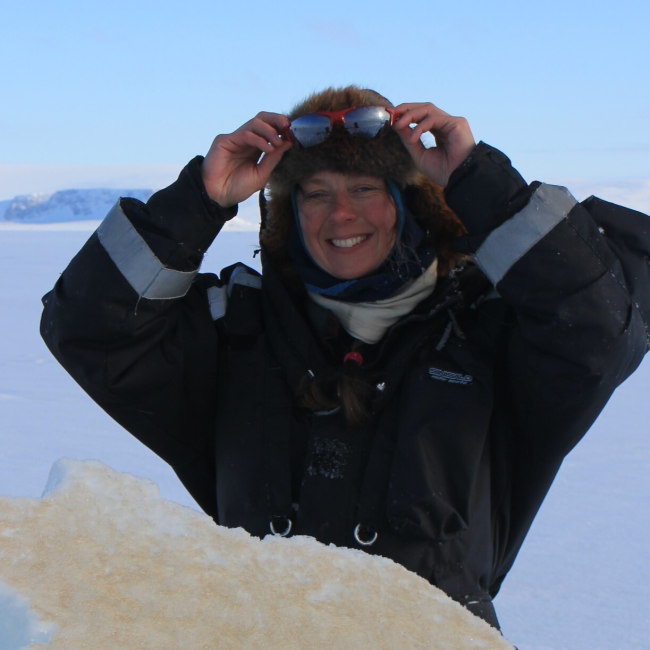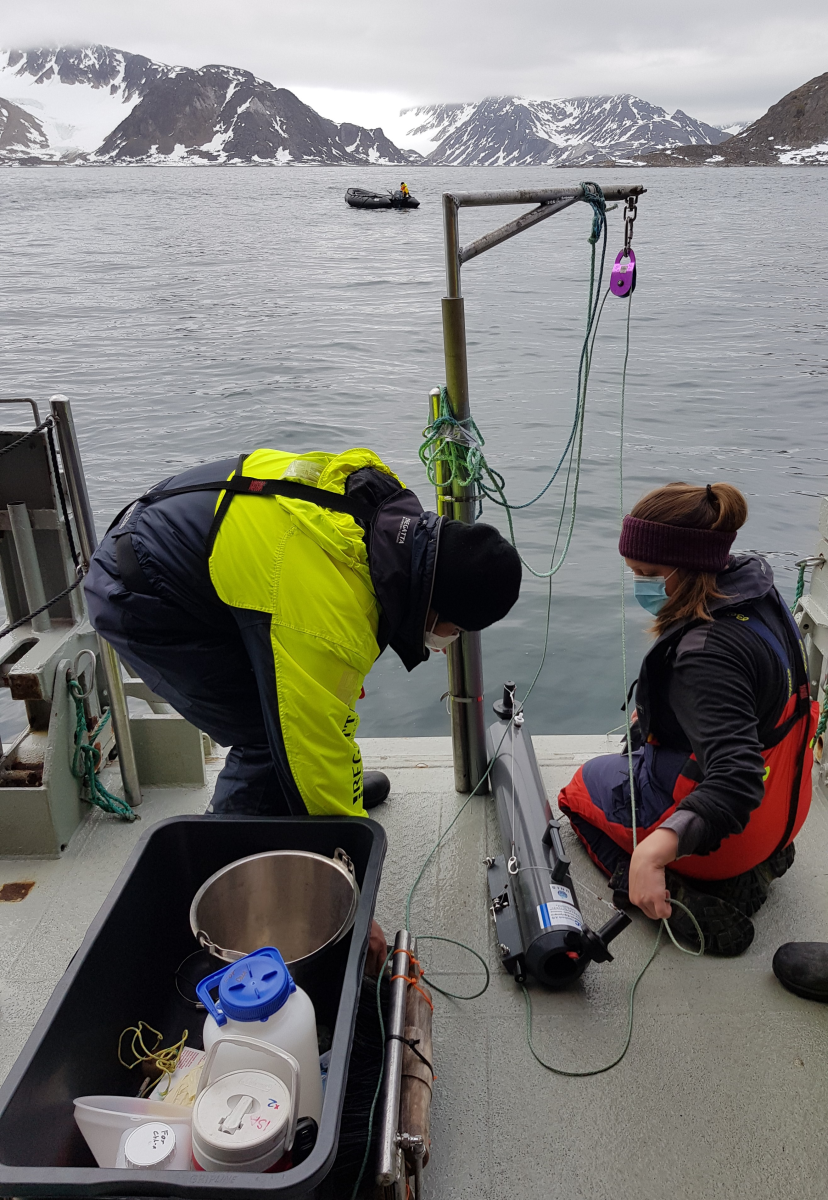Two Master theses on plankton available at UNIS, Svalbard, starting latest June 2023
[Published 05 March 2023]
The University Centre in Svalbard UNIS is running the northernmost high-frequent time series of plankton in the world studying the seasonal community development and biodiversity in Adventfjorden on the west coast of Svalbard. Since 2018, UNIS has expanded this timeseries to also cover the entire Svalbard archipelago by regularly sampling fjords in western, northern, eastern and southern Svalbard during summers using cruise ships as platform. We have now processed three years of spatial data and will soon receive one dataset of 18S rDNA (phytoplankton) and one of COI (zooplankton) metabarcoding sequences, with supporting environmental data. The Department of Arctic Biology is therefore seeking two highly motivated master students who will work closely together: one focusing on phytoplankton and the other on zooplankton. The main aim of the projects is to determine the plankton biodiversity and community state in different climatic regions of Svalbard during summer. The Msc projects are part of the large international EU funded project FACE-IT, and the students will work closely with a post doc within the project.
MSc thesis 1: Will phytoplankton communities look different in a future ice-free Svalbard?
The western Svalbard fjords are increasingly being flooded by warm and salty Atlantic Water, leading to loss of winter sea ice and more Atlantic conditions. The east coast of Svalbard, on the other hand, still has seasonal sea ice cover and more Arctic conditions. Svalbard can thus be used as a natural laboratory to compare phytoplankton development over the summer season under two contrasting scenarios. This master project will explore spatial differences in phytoplankton community composition and biodiversity, temporal dynamics over the summer season, timing of events, and which environmental drivers influence these processes.
MSc thesis 2: Zooplankton biodiversity in coastal Svalbard is driven by timing of benthic reproduction and less by hydrography.
In coastal waters larvae of benthic organisms largely dominate the zooplankton communities in spring and summer. These pelagic larvae of benthic organisms are just temporarily present in the water column and is commonly termed meroplankton which contrasts holoplankton that stays planktonic during their entire life cycle. Larvae of the Cirripedia can outnumber holoplankton in spring, while Bivalvia larvae often dominate the zooplankton communities in summer. The main aim of this master project is to study the zooplankton biodiversity in the Svalbard archipelago and to determine the timing and pelagic duration of the poorly known meroplankton fraction in the warmer western versus the colder seasonal ice-covered eastern Svalbard.
Practical work:
- Field work during summer 2023 – sampling from a cruise ship as part of a citizen science project
- Lab work – DNA extraction and preparation for metabarcoding of new samples
- Bioinformatics – processing of 18S rDNA data (phytoplankton) or COI (zooplankton) according to established pipelines
- Statistical analyses of metabarcoding data (multivariate statistics)
- Thesis writing – the thesis will be written as a scientific publication with an extended materials and methods section. Datasets will be published.
Background:
You should have a background in marine ecology, preferably with some lab experience. A knowledge of the Arctic marine system is advantageous. Statistical competence is needed. Knowing how to use R is advantageous.
Contact:
Anna Vader (on.si1766451827nu@va1766451827nna1766451827), Janne E. Søreide (on.si1766451827nu@se1766451827nnaj1766451827), Raphaelle Descoteaux (on.si1766451827nu@de1766451827lleah1766451827par1766451827)
People involved
ANna VADER
Role in FACE-IT:
• Researcher "Biodiversity Changes"
University Centre in Svalbard (UNIS), Longyearbyen, Norway
Anna’s FACE-IT Projects
Janne E. Søreide
Role in FACE-IT:
• Researcher "Biodiversity Changes"
University Centre in Svalbard (UNIS), Longyearbyen, Norway
ResearchGate
Janne’s FACE-IT Projects
Raphaëlle DESCôTEAUX
Role in FACE-IT:
• Researcher "Biodiversity Changes"
University Centre in Svalbard (UNIS), Longyearbyen, Norway
ResearchGate
Raphaelle’s FACE-IT Projects







